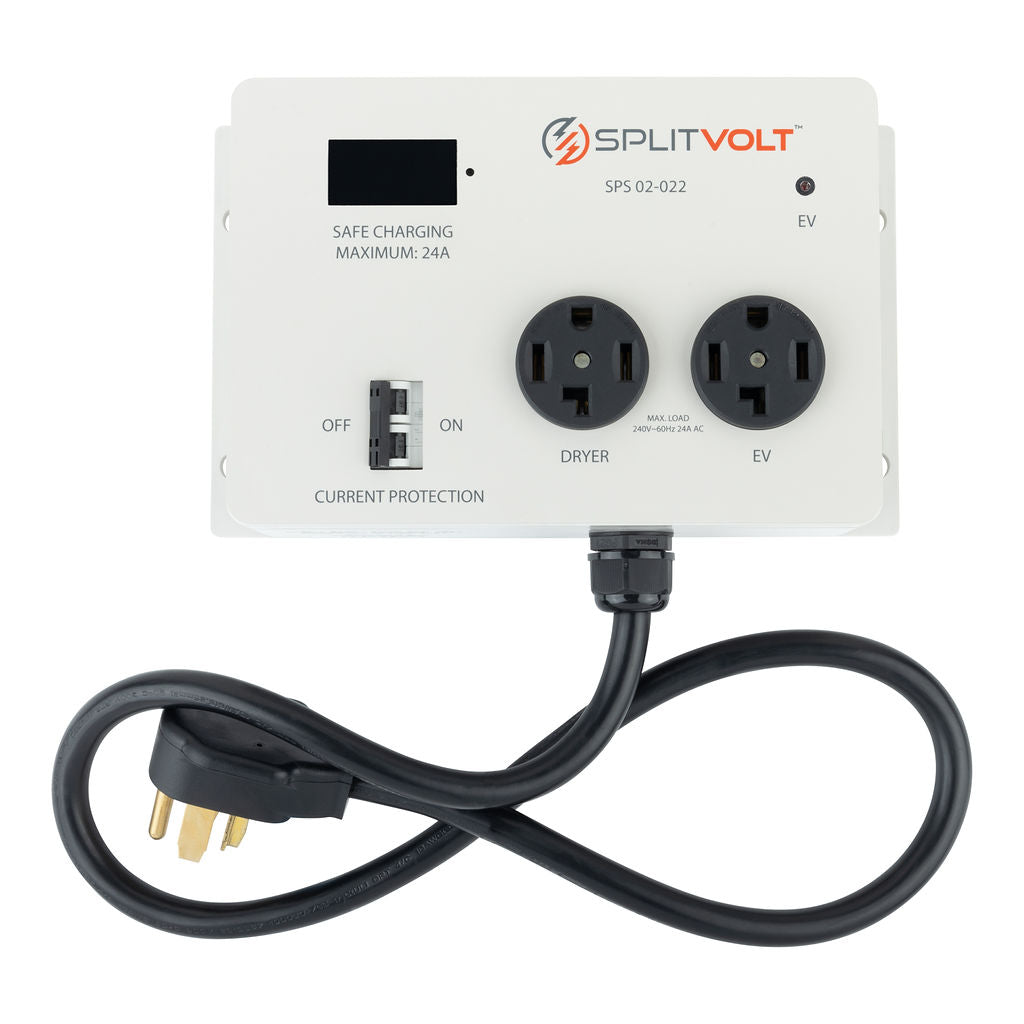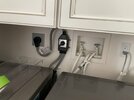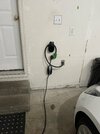Apparently I was wrong.

It’s an electrical dryer. I had to go through the manual to figure out what the heck it is. We just moved into this house, and the dryer came with the property.
Well, thanks for the compliment. Apparently the stupid splitter switch broke. I guess they are not meant for daily use especially by wifey and kids. I don’t know what happened now one of the positions doesn’t have any supply. so I am back to Square one. Have to manually unplug/switch between dryer and Tesla mode to charge. I could buy a different type of splitter adapter online. But there are so many mixed reviews about it that after a year or so it breaks based on reviews. So at this point, I don’t know if it’s worth going through all the hassle or just bite the bullet and get an electrician to install a new outlet for me. Because if I have to spend another $200-$300 for an adapter, which goes bad sometime moving forward, I will end up installing an outlet anyways. So far all the quotes start at $1600 all the way to $1850. I need atleast 65ft wire pulled through a kinda fully finished basement the wire can be pulled through the mechanical room exposed area. They are quoting me 4 to 8 hours of labor. Fml





